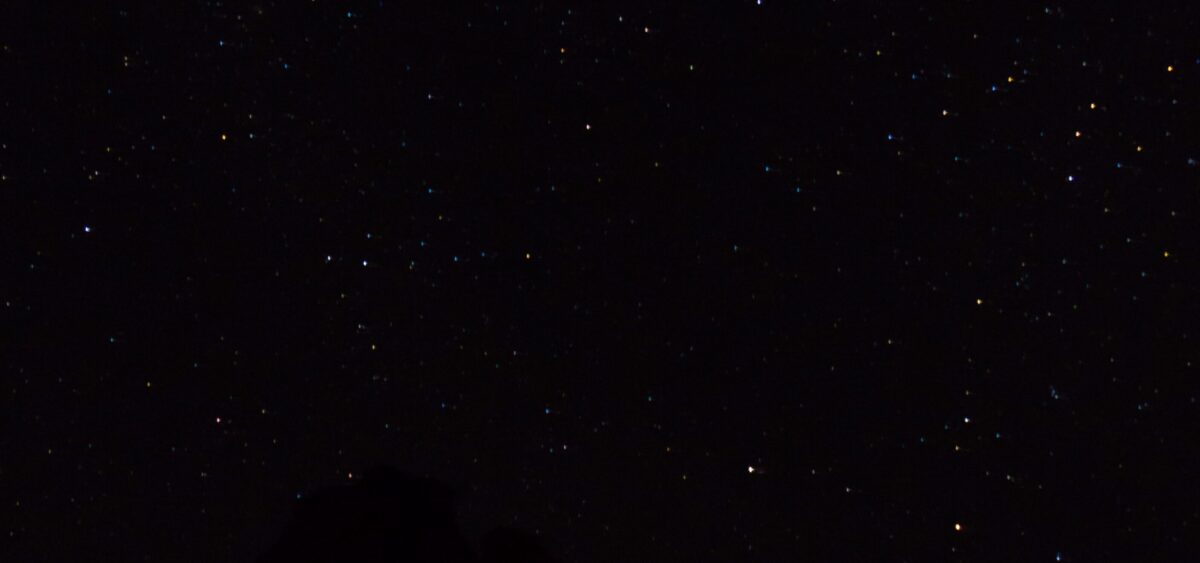
In 1915, Einstein predicted the existence of gravitational waves, or the vibration of space-time. 100 years later, scientists were finally able to observe them, opening a new chapter in the history of astrophysics and enabling us to peek into new areas in space.
It was 14th September 2015, 11:50 CET, when a message arrived on the mail account of Marc Drago at the Max Planck Institute in Hannover. This may seem like nothing out of the ordinary; after all, many people receive loads of automatically-generated messages, especially scientists. This time, however, it was one of the most important e-mails in the history of physics.
GW150914
The e-mail contained graphs of two signals: one detected at the observatory in Livingston on the Gulf of Mexico, and the other 3000 kilometres away in Hanford on the American West Coast. The signals were almost identical; moreover, they were registered nearly simultaneously, just 0.0067 seconds apart. It looked as if something had gone straight through Earth at tremendous speed. It was not a measuring error or a local interference in either laboratory (the two centres were established precisely to exclude this possibility). Further, it was neither a test signal sent by engineers to test procedures, nor a message from an alien civilization, as in the books of Sagan and Lem. So what was it?
The graphs showed a gravitational wave. Thus, the LIGO programme (Laser Interferometer Gravitational-Wave Observatory) could announce its first huge success. Some even claimed that it has been the greatest scientific discovery of the 21st century so far. Not only was Einstein’s theory of relativity confirmed yet another time, but also brand new vistas opened, inaugurating an entirely novel way of studying the universe.
The first gravitational wave observed by humanity was given a romantic name worthy of its import: GW150914. Its origin was the








